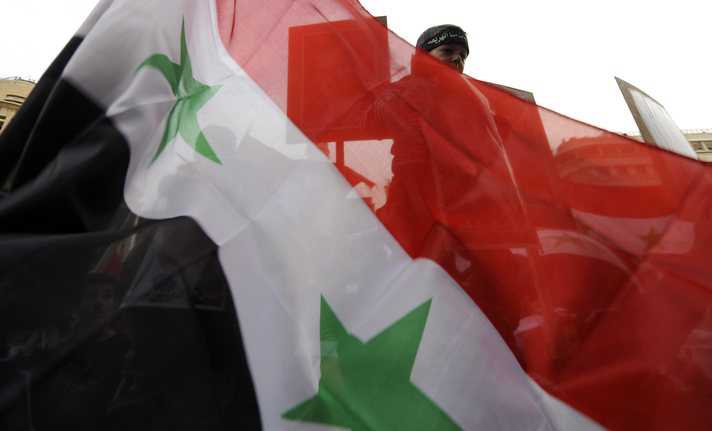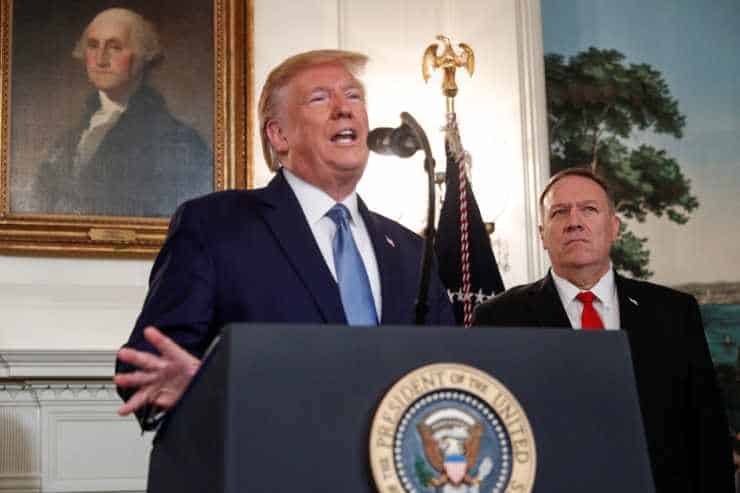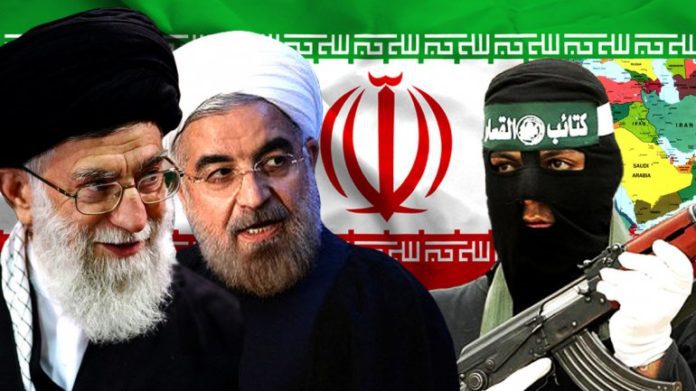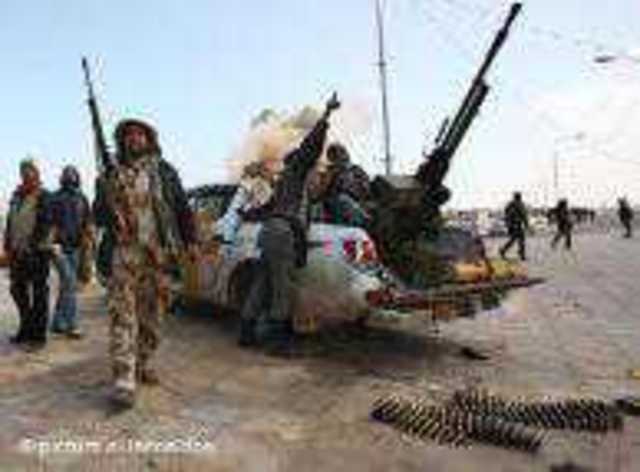History’s pages are full of bloodshed on the battlefield, and those great men and women that dared to lead the ranks have the honor of being remembered for centuries, if not millennia. However, most often than not, we hear of the greatest male commanders in ancient history, with many notable female warriors being left unheard of. The stories of these 10 great warrior women are worth repeating and remembering, as their achievements were equally as remarkable and admirable, as those of Alexander the Great, Genghis Khan, or Napoleon.
1. Lagertha (12 century)
A lithography depicting Lagertha (1913) by Morris Meredith Williams
The 12th-century chronicles of “Gesta Danorum” (Deeds of the Danes) by Saxo Grammaticus tell the story of a legendary shieldmaiden named Lagertha, the ruler of Norway. Lagertha and other women under her leadership are said to have participated in battle concealed as men after King Siward had been killed and overthrown by the Swedish king.
Among her exploits are her leadership of a fleet counting 120 ships in aiding her ex-husband, famous Viking Ragnar Lodbrok, to silence a revolt in Denmark, a move that ensured his victory. Today, the image of Lagertha is believed to be a collective representation of female Viking warriors rather than a reference to a concrete person. Those of you who have seen the popular “Vikings” show on the history channel may also recall her being one of the main characters on the show, as well as Ragnar.
2. Lakshmibai, the Rani of Jhansi (1828 – 18 June 1858)
Rani Lakshmibai’s statue in Solapur Image source: Dharmadhyaksha/ Wikimedia Commons
Lakshmibai was the ruler of the Jhansi state in North India, ousted from her kingdom in her early twenties after her husband’s sudden departure. Instead of giving way to British occupation, however, Lakshmibai joined the resistance and soon became the leader of the Indian Rebellion of 1857.
Alas, her attempts at preserving the Jhansi throne would never come to fruition. After two years of fighting against the British, she and her army would be defeated in June of 1858. Still, the courageous queen would ultimately become the symbol of nationalism and resistance to the British Raj, and today, several statues commemorating her efforts have been erected in India.
3. Tomoe Gozen (c. 1157 – 1247)
Tomoe Gozen and Fan Kuai, an 1824 Print by Yashima Gakutei
This is a story of a samurai warrior commander named Tomoe, who is known for her incredible bravery and fighting skills that helped her overcome prejudice and fight alongside other samurai. According to “The Tale of Heike”, she was “a remarkably strong archer, and as a swordswoman, she was a warrior worth a thousand, ready to confront a demon or a god, mounted or on foot.”
Tomoe Gozen participated in the Genpei War (1180-1185), where she earned her reputation and was even considered the first general of Japan after she had escaped from captivity and killed the rivaling Honda no Moroshige of Musashi and Uchida Ieyoshi. In 1184, Minamoto no Yoshinaka, her general, would be defeated during the Battle of Awazu. Tomoe Gozen managed to escape the battlefield, but after that tragic event, she swore to never fight again, so her army career came to an end.
4. Khutulun (c.1260-c.1306)
Khutulun daughter of Qaidu, a medieval miniature (1410-1412)
Khutulun was a Mongol noblewoman and a wrestler. Her father, Qaidu, became the khan of the Chagatai Khanate, a large division of the Mongol Empire in 1280. Qaidu endorsed his daughter’s wrestling training, and she subsequently accompanied him on a number of military campaigns. Marco Polo described Khutulun as a superb warrior, as did historian Rashid al-Din Hamadani, also pointing out that she was the favorite child.
Khutulun even attempted to become the successor to the throne after her father’s death in 1301, however, she was unsuccessful. According to legends, Khutulun had also wrestled her suitors, and only those who’d win would become her husband, forfeiting horses to her if they lost. As a result, she gained 10,000 horses, but no husband, and she subsequently married one of her father’s companions.
5. Khawla bint Al-Azwar
Khawla was one of the members of the family of noblemen that supported the conquest of Syria, Palestine, and Jordan from the Byzantine Empire.
As one of the earliest converts to Islam, Khawla and her family, particularly her brother Dhiraar Bin Azwar, actively participated in the Rashidun Army, with Khawla managing to save her brother from captivity during the Siege of Damascus, supposedly leading the troops concealed as the famous general Khalid Bin Walid on an occassion, and even starting a revolt after being taken prisoner by the Byzantine army. Certainly, these accomplishments explain why, even today, many places in Saudi Arabia are named after her.
6. Fu Hao (died c. 1200 BC)
Tomb and Statue of Lady Fu Hao
Fu Hao, or Lady Hao, was one of the 60 wives of Emperor Wu Ding of ancient China’s Shang Dynasty. Breaking more modern convention, but not that of the time, Fu Hao also served as a military general and high priestess. Though little information remains of her military accomplishments today, as her life preceded the invention of paper, she is known to have led 13.000 soldiers and was the most powerful general of her time.
In 1976, Fu Hao’s tomb had been unearthed, and the contents of her burial support both her high rank and supposed accomplishments. Fu Hao died at the age of 33 of reasons unknown, buried with a great assortment of pricey military equipment, such as great battle-axes, other treasures, namely hundreds of jade, bronze, bone, and stone objects, as well as 16 human sacrifices and 6 dogs, as was customary. Fu Hao was subsequently deified and remains the only female head of the army in Ancient China.
7. Artemisia II of Caria
Artemisia, Queen of Halicarnassus, shooting arrows at the Greeks at the Battle of Salamis, from the 1868 painting by Wilhelm von Kaulbach (left); Carian coinage device depicting Artemisia (right), Image Source: Wikimedia Commons
Artemisia was the 5 century BC Queen of Halicarnassus, a kingdom that once stood in modern-day Turkey. Named after the courageous goddess of hunt Artemis, Artemisia was an outstanding naval commander, most well known for being an ally to Persian King Xerxes during his invasion of a number of Greek city-states.
Definitely the most notable and most well recorded is Herodotus’ account of the Battle of Salamis, during which Artemisia managed to trick the Greeks into believing that she is their ally by sinking one of Xerxes’ ships while simultaneously making Xerxes, who watched the battle unfold from the ground, believe she sank a Greek vessel. In history, she will always be remembered as cunning, independent, and loyal to no one but herself.
8. Ching Shih (1775–1844)
Meet the most successful pirate in history, a woman who terrorized anyone who dared enter the China Seas in the early 19th century. She commanded over 300 ships manned by 20,000-40,000 men, women, and even children. Ching Shih inherited her pirate fleet after her husband’s death and had been in open conflict with the Chinese Qing Dynasty, the British and the Portuguese Empires.
In a surprising turn of events, Ching Shih and all other pirates were given amnesty by Imperial China with the ability to retain their wealth, an opportunity they took advantage of, and Ching Shin ended up leading a gambling operation until her death at the age of 69.
Related Article: 33 Photos of Strong and Brave Women in History
9. Joan of Arc (c.1412-May 30,1431)
Joan of Arc (1865), a painting by John Everett Millais
Joan of Arc is not only a legendary warrior, but also a Roman Catholic saint. By the age of 17, Joan became a commander of the French army, and her strategics revolutionized the French battle model. Joan was supposedly lead by her visions of the Archangel Michael and managed to convince King Charles VII of France to let her participate in the Siege of Orleans, a battle that ended victoriously for Joan and the French in nine days.
However, in 1430, Joan was captured and put on trial by the English for cross-dressing and heresy. On May 30, 1431, at the age of 19, Joan was sentenced to death by burning alive at the stake. Centuries later, in 1920, Joan was deified and proclaimed one of the patron saints of France.
10. Boudicca
Around 60 AD, Boudicca, a widow of the king of the Celtic tribe Iceni, united 100.000 at her command to fight back against the Romans, fearing the demise of her family and her tribe. The Briton woman who dared defy Rome is remembered as a national hero of Britain for her spirited rebellion and victories in the hopeless war against the Roman Empire, defeating a Roman legion and sacking two fortified towns.
Though ultimately unsuccessful, her attempt to liberate her people and defend the honor of British women has become legendary. In 1902, a bronze statue (seen above) was erected at the western side of Westminster Bridge in London to commemorate her outstanding courage.








 33°48′N 42°26′ECoordinates:
33°48′N 42°26′ECoordinates: 


